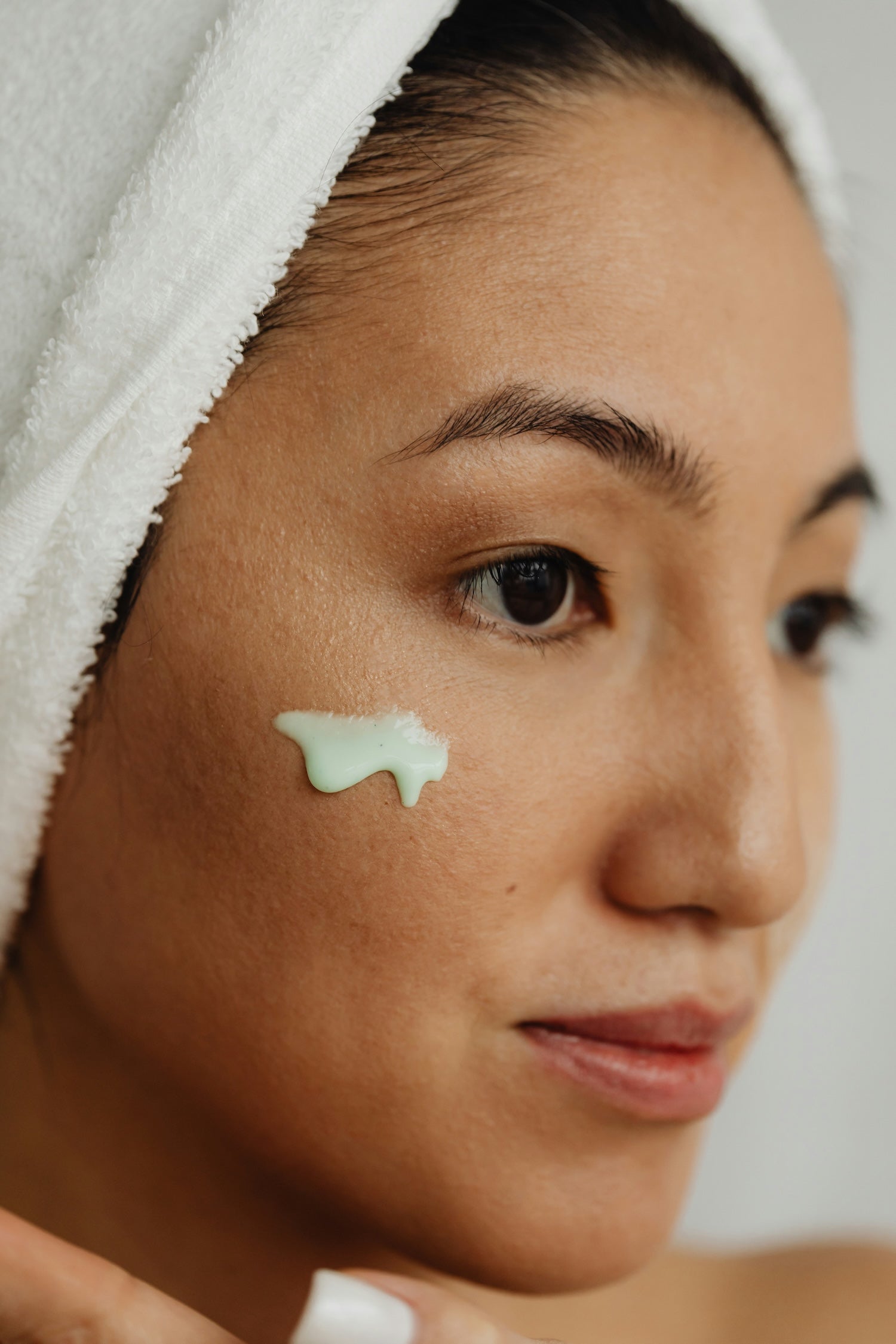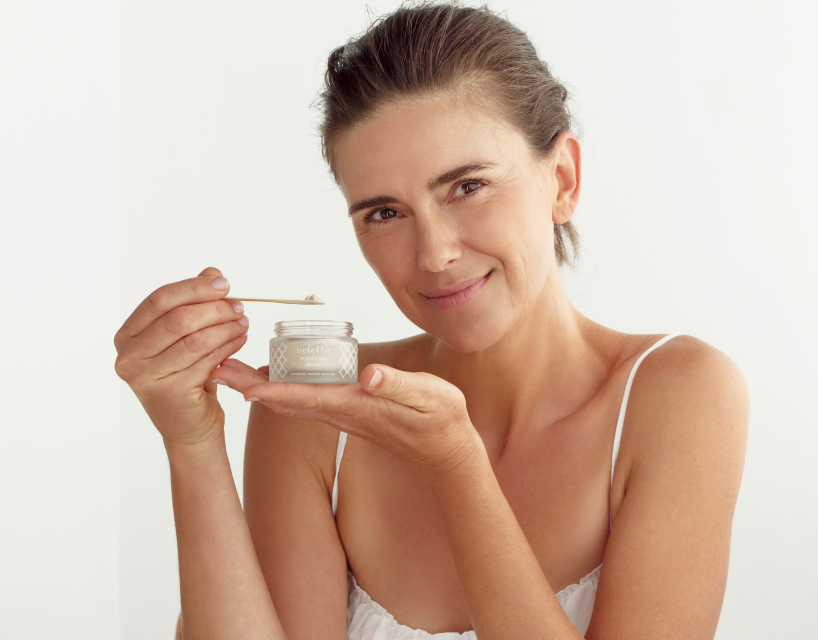What does the skin do?
The basic functions of our skin are to prevent moisture loss, which keeps body temperature constant, while protecting us from injury, outside forces and oxidation.
Having said that, the skin is far from basic. It is a highly sensitive barrier which self-repairs while excreting harmful substances, namely those created by the body’s metabolic functions, through sweat and sebum.
It also acts as a storeroom for the body, holding metabolic substances, water and fat while manufacturing vitamin D for converting calcium into healthy bones
Three layers of skin
The skin consists of three different layers: the outer layer (epidermis), the middle layer (dermis) and the deepest layer (subcutis). We turn our attention to the epidermis.
How thick is the epidermis?
The skin on our bodies is not homogenous. For instance, the thickness of the epidermis depends upon where it is on your body, think of the skin on your eyelids compared with the skin on the soles of your feet. Moreover, some epidermis is covered in hair whereas other areas (lips, palms and the soles of the feet) are devoid of hair follicles.
Four layers of epidermis
In most parts of the body, the epidermis consists of four layers: the stratum basale, stratum spinosum, stratum granulosum, and stratum corneum. The first and last layers are, in our view, the most interesting.
Stratum basale
The stratum basale is a cell nursery, producing basal cells that become new keratinocytes cells for epidermis rejuvenation. As these cells mature they move up the layers of the epidermis eventually reaching the stratum corneum. The stratum basale is also home to melanocytes. These cells produce melanin which protects the body from UV radiation while giving skin its colour. Also present are Merkle cells which have a role in the sensation of touch. One of the key roles of the epidermis is to protect against a microbial attack which is largely the role of Langerhans cells, present mainly in the lower levels of the epidermis. Ordinarily, these prevent unnecessary immune responses while triggering responses to infection or injury when they arise.
Stratum corneum
The stratum corneum is the skin’s most external layer and what we think of as our skin. It is made up of dead, keratin-filled cells (it is the final resting place for those keratinocytes made in the stratum basale) and provides protection against abrasion for underlying layers. Essentially as the keratinocytes move up the layers they fill with keratin, lose water and their cell contents and become flattered. These dead keratinocytes cells are called corneocytes.
The cells in this layer of the epidermis are replaced by cells pushed up from the stratum granulosum and are shed. The entire layer is replaced every month or so. Interestingly, in a young person, it takes 28 days for a cell to travel from the stratum basale to the stratum corneum whereas it takes 37 days for this process to be completed in someone over the age of 50. This is one of the reasons why as we age our skin can become more sensitive and why should exfoliate less (although you should certainly still exfoliate) as your skin matures.
Lipids and NMF
The cells in the stratum corneum are glued together with a “mortar” made up of lipids, ceramides and glycol-proteins and active enzymes. This mortar is what makes skin soft, firm and hydrated. Lipids in the skin deplete as we age which is why many people develop dry skin over time. Also vitally important to continued skin health is NMF or Natural Moisturising Factor. This substance is made in the stratum corneum and is a mixture of highly effective humectants which are substances which draw in atmospheric water which means it keeps the stratum corneum hydrated.
Moisture loss
If either the lipids in the mortar or the extant NMF are depleted moisture is lost from the skin which becomes dehydrated, more permeable and subsequently more susceptible to bacteria, irritants and allergens. If these outside invaders do penetrate the epidermis, it can trigger inflammation.
It is very important, therefore to do what we can to keep this skin barrier working efficiently.
Skin barrier function
According to Dr Sam Bunting quoted in Get the Gloss "If your skin barrier is working well, it will retain water effectively, maintaining good hydration balance, and be resilient yet flexible – it’s likely to look more radiant as a consequence. This means it contains the right amount of lipids and the right amount of Natural Moisturising Factor. If it’s not, the skin will look dry, dull and possibly scaly. This means chemicals can penetrate more readily and potentially cause inflammation, which manifests as skin sensitivity – these patients will often complain of stinging or redness, especially in the context of using certain skincare ingredients."
How to improve skin barrier health
So good skin is a consequence of a good barrier function which in turn is a result of an abundance of lipids (which stop water escaping and prevents irritants from penetrating) and NMF (which draws water in and holds onto it). Our blog Its All About the Skin Barrier discusses the ways you can promote a healthy skin barrier. As we noted in that article, research shows that the following can help to improve skin barrier health:
- Have a nutrient-rich, plant-based diet. Food that is high in Omega 3sare particularly important.
- Wear sunscreen and cover up to avoid the sun.
- Avoid overcomplicating your skincare routine and use skincare products that are 100 % natural and without nasty foaming agents and fillers. You don’t want to strip your skin of moisture; you need it to be hydrated. This is why you should be incorporating nourishing oils such as Velettà’s Cleansing Oil and Rejuvenating Oil into your skincare routine. Also, apply the Rejuvenating Oil to damp skin – this will lock in more moisture.
- Use warm water to wash your face – not hot water. Don’t over exfoliate. If you are using manual exfoliation (like our Purifying Mask) be very gentle when massaging it into your skin and when you take it off. Although the mask has been finely milled and won’t scratch the skin, we still need to treat the skin with care. And finally, we believe weekly exfoliation is best – any more frequently can be problematic for sensitive skin. If using chemical exfoliation be mindful of the percentage of exfoliating agents (more isn’t always better) and also the PH.
Skin barrier health is vital to having healthy, glowing skin.




